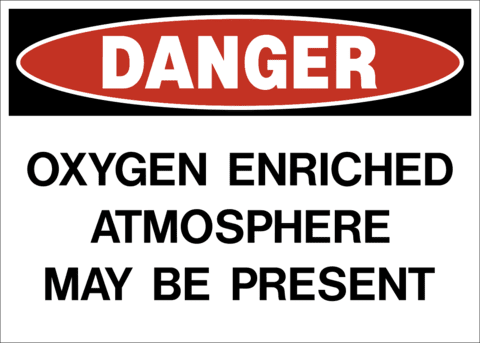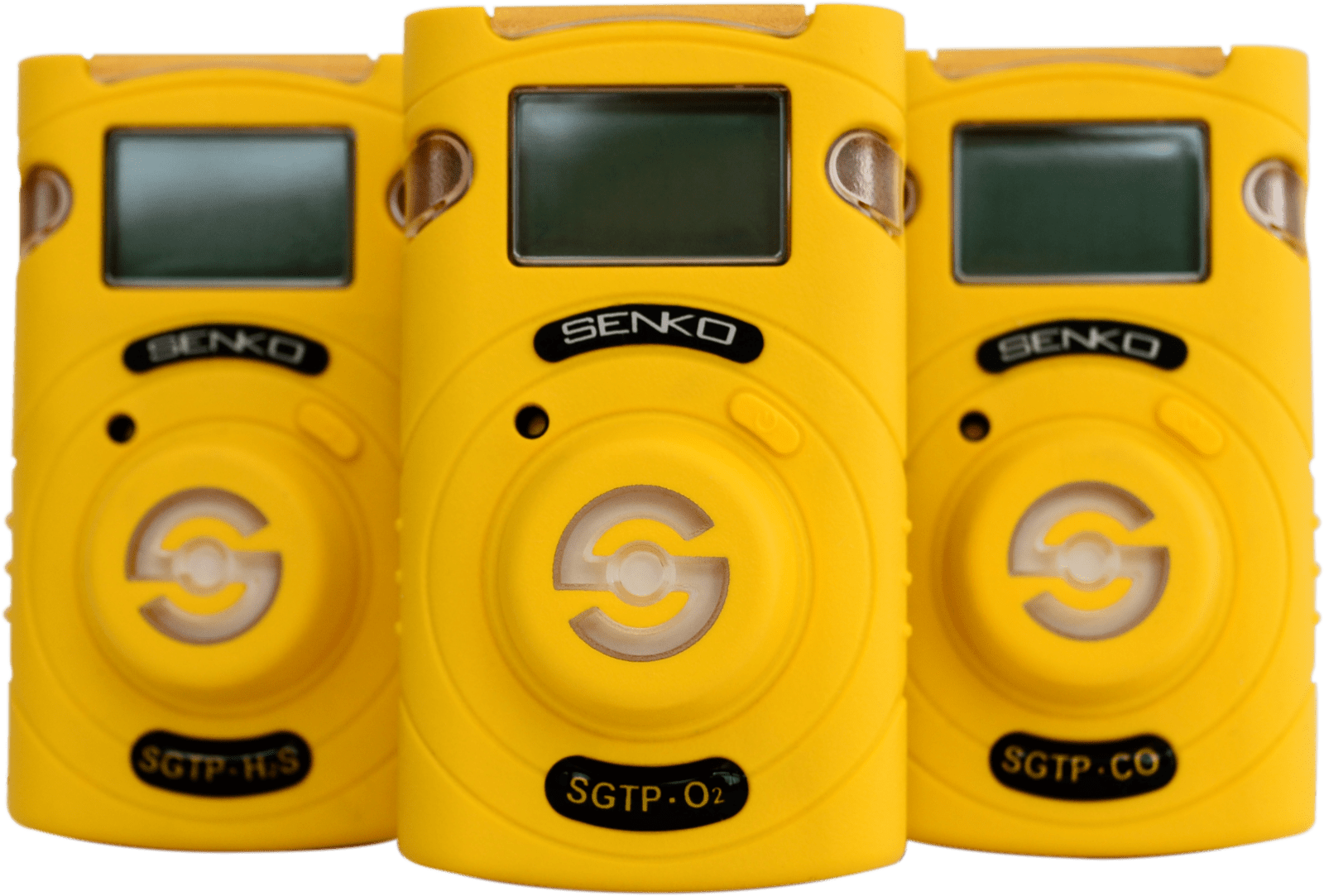The dangers of oxygen enrichment when using ventilators
As a part of the treatment of patients suffering from the COVID 19 coronavirus, the use of medical ventilators is widespread. In its simplest form, a modern positive pressure ventilator consists of a compressible air reservoir or turbine, air and oxygen supplies, a set of valves and tubes, and a disposable or reusable "patient circuit". The air reservoir is pneumatically compressed several times a minute to deliver room-air, or in most cases, an air/oxygen mixture to the patient. The increased use of ventilators and the compressed oxygen which feeds them has led to safety warnings from the UK government, who state: “The density of ventilators may enrich the air with oxygen, increasing the combustion risk. Ensure there is good natural and mechanical ventilation.” Their guidelines go further to state that “teams should carry out regular monitoring of potentially exposed rooms to ensure oxygen enrichment is controlled”.
The reason is that oxygen enriched atmospheres increase the risk of fires and explosions. As the level of Oxygen increases the fire chemistry of materials change. This means materials that are easily ignitable in air are now more susceptible to ignition but also ignite more fiercely. During the space programme of the late 1960’s The Apollo 1 capsule contained an enriched oxygen atmosphere and with an oxygen enriched environment things which don't normally burn, will burn uncontrollably and this is what happened on Apollo 1 leading to the death of three astronauts. NASA subsequently admitted that they had become too complacent about using such atmospheres and the deaths forced them to re-evaluate the quality assurance and testing needed for all subsequent space flights
Oxygen can also become trapped in clothing and in hair, causing these to be ignite more readily. The clothing of a person who has been exposed to any oxygen enriched atmosphere retains a high concentration of oxygen for some time and is highly susceptible to fire. They must avoid sources of ignition and must refrain from smoking for at least 15 minutes while the oxygen enriched atmosphere in their clothing is being replaced by air. The clothing must be loosened and aerated to help disperse the oxygen enriched air that may be trapped underneath.”
“Many so-called ‘non-flammable’ textile materials will burn fiercely in oxygen enriched air. Using clothing treated with a flame retardant can be useful only when the enriched oxygen concentration stays very low: but their properties greatly reduce when the oxygen concentration increases to levels around 25% by volume. Normal atmospheric oxygen levels are around 21% by volume. Typically gas monitors will alarm at 23% by volume to indicate an oxygen enriched atmosphere.
Devices such as the SGT and SGT P personal oxygen detectors provide a low cost, low maintenance warning for individuals working in potentially oxygen enriched environments, whilst fixed gas detectors such as the Si-100 series can provide 24/7 monitoring of whole rooms and wards. At this time of increased ventilator use and the greater need for oxygen to be supplied to patients hospitals may have a greater need for fixed oxygen detection and personal monitors to protect their staff.


